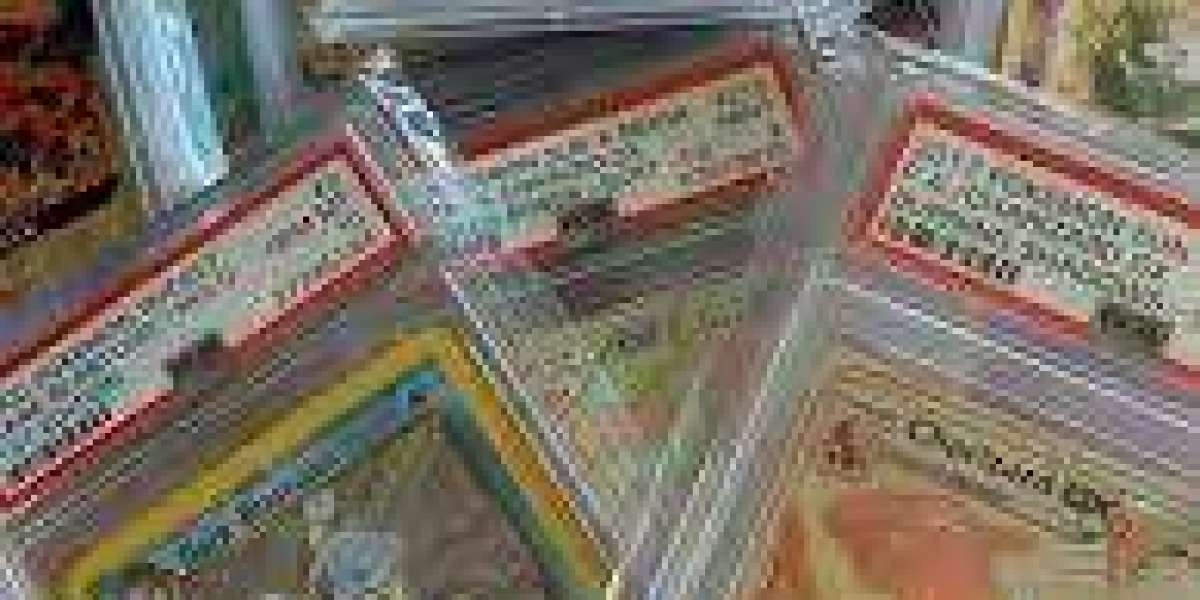In a world saturated with digital communication, the allure of tangible artifacts, such as autographs, remains a timeless fascination. Autographs connect admirers with their idols, offering a tangible piece of history. However, as the demand for autographed memorabilia grows, so does the prevalence of counterfeit signatures. This article delves into the art and science of autograph authentication, exploring the methods and technologies employed to preserve the integrity of these cherished signatures.
Historical Significance of Autographs:
From the inked quills of historical figures to the Sharpie-scrawled signatures of contemporary celebrities, autographs hold an undeniable historical significance. These handwritten marks serve as a personal connection between the signer and the admirer, often capturing a moment in time. The value of an autograph extends beyond the physical paper; it embodies the essence of the individual who penned it, making authenticity a paramount concern.
The Rise of Counterfeit Autographs:
As the demand for autographs has soared, so too has the prevalence of counterfeit signatures flooding the market. Unscrupulous individuals exploit the eagerness of collectors, flooding the market with forgeries that tarnish the reputation of authentic autographs. This proliferation of fake signatures has prompted the need for rigorous authentication processes to ensure the integrity of autographed items.
Traditional Methods of Authentication:
Experts in the field employ a combination of traditional and modern methods to verify the authenticity of autographs. Traditional techniques often involve a meticulous analysis of the signature's characteristics, comparing it to known authentic examples. Factors such as pen pressure, stroke patterns, and letter formations are scrutinized to identify any irregularities that may indicate forgery.
Documentary Evidence:
Accompanying documentation plays a crucial role in the authentication process. Provenance, or the documented history of an item, can significantly bolster its authenticity. Certificates of authenticity (COAs), signed by reputable experts, provide collectors with added assurance. However, the proliferation of counterfeit COAs has prompted the development of more advanced authentication methods.
Technological Advancements in Authentication:
In the digital age, technological advancements have revolutionized autograph authentication. Forensic analysis, including handwriting analysis software, is now a staple in the toolkit of authentication experts. High-resolution imaging and digital scanning allow for an in-depth examination of microscopic details in the ink and paper, providing a level of scrutiny not possible with the naked eye.
Biometric Authentication:
The emergence of biometric technology has added a new layer of sophistication to autograph authentication. Biometric analysis goes beyond visual inspection, utilizing scientific methods to analyze the unique physiological aspects of a signature. Factors such as pressure exerted, pen speed, and even the angle of the pen can be measured to create a biometric profile that is nearly impossible to replicate accurately.
Blockchain Technology:
Blockchain, the decentralized and tamper-resistant digital ledger, has found its way into the realm of autograph authentication. By recording the history of an autographed item on a blockchain, collectors can trace its journey from the moment of signing to the present day. This not only adds an extra layer of security but also ensures transparency in the provenance of the autograph.
Challenges and Future Developments:
Despite the advancements in authentication methods, challenges persist. Forgers are continually adapting to new technologies, making it an ongoing battle to stay one step ahead. The future of autograph authentication may see the integration of artificial intelligence (AI) algorithms that can rapidly analyze vast datasets to detect subtle patterns indicative of forgery.
Conclusion:
Preserving the integrity of autographs requires a multi-faceted approach that combines traditional expertise with cutting-edge technology.



